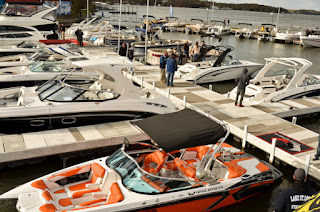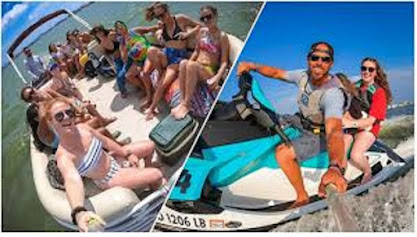The Navigation Rules are much like the rules of the road on the highway. They establish a consistent way to navigate safely and avoid collisions when two boats are crossing paths, are on course to meet head-on, or when one boat wishes to overtake another.
There are only three ways boats can collide —meeting head-on, overtaking, and crossing. As long as you know what to do in each scenario — as well as what to do when the other boater doesn't follow the Rules — you can be reasonably assured of avoiding collisions throughout all your time on the water. There's a beautiful quirk in the International Navigation Rules: They avoid the phrase "right of way." Instead, they refer to a "give-way" vessel and to a "stand-on" vessel.
The give-way vessel yields to the other vessel. The stand-on vessel continues its course and speed.
The International Regulations for Preventing Collisions at Sea 1972 (COLREGs) are published by the International Maritime Organization (IMO) and set out, among other things, the "rules of the road" or navigation rules to be followed by ships and other vessels at sea to prevent collisions between two or more vessels.
Head-On Situation
"When two power-driven vessels are meeting on reciprocal or nearly reciprocal courses so as to involve risk of collision, each shall alter course to starboard (right) so that each shall pass on the port (left) side of the other
Overtaking
The vessel overtaking is the give-way vessel and the vessel being overtaken is the stand-on vessel. For additional safety, if two power-driven vessels are interacting, one must also use sound signals to indicate intentions. So, if one wants to pass on their port side, give two short blasts for starboard.
Crossing Rule
As the give-way vessel it is your duty to avoid a collision. Typically, this means you must alter speed or direction to cross behind the other vessel (the stand-on vessel). At night, if you see a red light crossing right-to-left in front of you, you need to change your course.
There are exceptions to the rule example: Sailboats if under sail, they always are the stand-on vessel. same with canoes, paddle boards and kayaks The size of the vessel does not make a difference. An vessel with an engine must comply with navigation rules.
Not complying with the Rules - even if you don't know them, can get you in trouble on the water. Even if you think you are following the Rules, if there is something that you can do to avoid a collision - you must do it, even if you deviate from a different Navigation Rule.
It is your responsibility as the ship's captain to be aware of your surroundings at all times, and to operate your vessel in a safe manner. Caution may not be fun, but having an accident sure stinks.
If you are not sure if you are the give-way or stand-on, when in doubt, be the give-way.
The Rules state that every vessel shall use all available means appropriate to the prevailing conditions to determine if a risk of collision exists. If there is any doubt, such risk shall be deemed to exist.
Next Blog Buoys and what do they mean.






Comments
Post a Comment